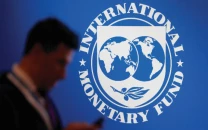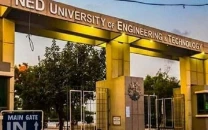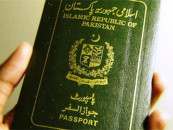Reality check on space mission plan
Pakistan and India’s plans of sending their citizen into space to coincide

Reality check on space mission plan
This vaguely resembles the space race between the US and Russia during the Cold War. Curiously, Pakistan’s native space programme started the same year Russia — then the USSR — managed to send the first human into space, Yuri Gagarin. The Space and Upper Atmosphere Research Commission (Suparco) was created by Field Marshal Ayub Khan in 1961 as a research centre for the country’s civil and military aerospace needs. Owing to budget constraints and its narrowly defined field, Suparco has limited itself to space studies, climate monitoring and developing satellites which are then sent into space by launching partners such as China.
Though it would be a gigantic leap for Pakistan and one that many would rightly and proudly wear as a medal of honour, it seems not enough thought has gone into the proposed venture. More importantly, a reality check is in order simply because of the prohibitively high costs involved.
The question already echoing across the region is: can any actual benefit be derived from sending (manned) missions into space? Let us do this when we become more self-reliant.
Unlike the Cold War powers, both Pakistan and India have serious economic pressures with large segments of their population living below the poverty line. While India can argue that it sees itself rivalling China for mastery in the region, Pakistan need not have any such compulsion.
The argument that it signals a leap in scientific and technological capability of the country has some merits no doubt. But just like the manned missions to the moon by the US, it reeks of brinkmanship. Pakistan desperately needs to solve the resource-intensive problems at hand such as the economy, education, and health.
Published in The Express Tribune, October 27th, 2018.
Like Opinion & Editorial on Facebook, follow @ETOpEd on Twitter to receive all updates on all our daily pieces.














COMMENTS
Comments are moderated and generally will be posted if they are on-topic and not abusive.
For more information, please see our Comments FAQ